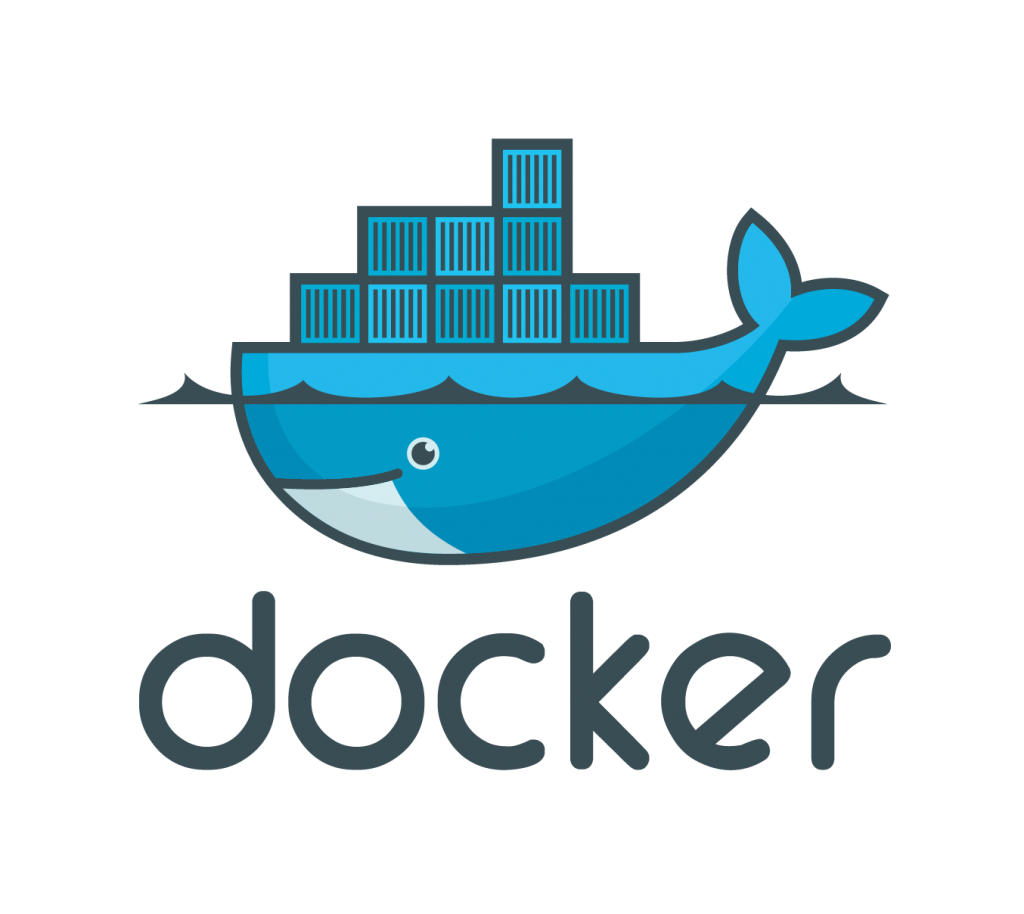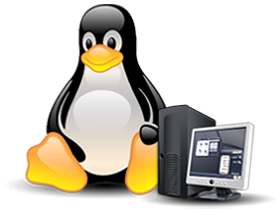$ cat /proc/modules
ctr 16384 1 - Live 0x0000000000000000
ccm 20480 1 - Live 0x0000000000000000
ipt_MASQUERADE 16384 3 - Live 0x0000000000000000
nf_nat_masquerade_ipv4 16384 1 ipt_MASQUERADE, Live 0x0000000000000000
iptable_nat 16384 1 - Live 0x0000000000000000
nf_nat_ipv4 16384 1 iptable_nat, Live 0x0000000000000000
nf_nat 24576 2 nf_nat_masquerade_ipv4,nf_nat_ipv4, Live 0x0000000000000000
nf_conntrack_ipv4 16384 2 - Live 0x0000000000000000
nf_defrag_ipv4 16384 1 nf_conntrack_ipv4, Live 0x0000000000000000
xt_conntrack 16384 1 - Live 0x0000000000000000
nf_conntrack 106496 5 nf_nat_masquerade_ipv4,nf_nat_ipv4,nf_nat,nf_conntrack_ipv4,xt_conntrack, Live 0x0000000000000000
ipt_REJECT 16384 2 - Live 0x0000000000000000
nf_reject_ipv4 16384 1 ipt_REJECT, Live 0x0000000000000000
xt_CHECKSUM 16384 1 - Live 0x0000000000000000
iptable_mangle 16384 1 - Live 0x0000000000000000
xt_tcpudp 16384 6 - Live 0x0000000000000000
bridge 110592 0 - Live 0x0000000000000000
stp 16384 1 bridge, Live 0x0000000000000000
llc 16384 2 bridge,stp, Live 0x0000000000000000
ip6table_filter 16384 0 - Live 0x0000000000000000
ip6_tables 28672 1 ip6table_filter, Live 0x0000000000000000
iptable_filter 16384 1 - Live 0x0000000000000000
ip_tables 28672 3 iptable_nat,iptable_mangle,iptable_filter, Live 0x0000000000000000





